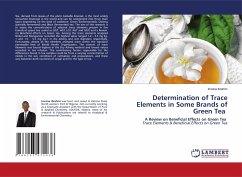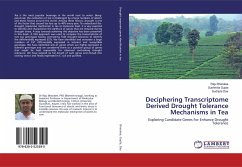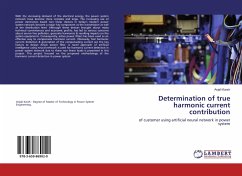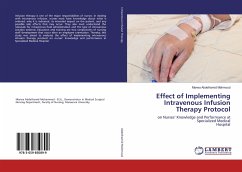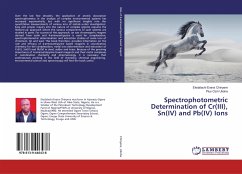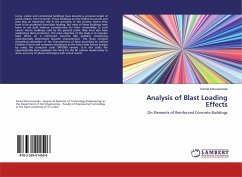Tea, derived from leaves of the plant Camellia Sinensis, is the most widely consumed beverage in the world and can be categorized into three main types depending on the level of oxidation: Green (Unfermented), Oolong (partially fermented) and Black (fermented) tea. The aim of this research is to assess the concentrations of selected trace elements present in five brands of green tea coded as (SGT, HGT, LGT, AGT and GGT) and a Review on Beneficial effects on Green tea. Among the trace elements analyzed Nickel and Manganese recorded the highest value ranged 1.0 - 3.5 mg kg-1 and 1.0 - 5.5 mg kg-1 in dry ashing and wet digestion respectively. Fortunately, almost all the elements analyzed were within the standard permissible limit of World Health Organization. The content of trace elements was found highest in the Dry Ashing method and lowest values recorded in tea infusion. The contributory factors responsible for the differences found in tea samples could be from a varying concentration of metals in the soil, conditions of cultivation and preparations, and these vary between both countries of origin and for the type of tea.

